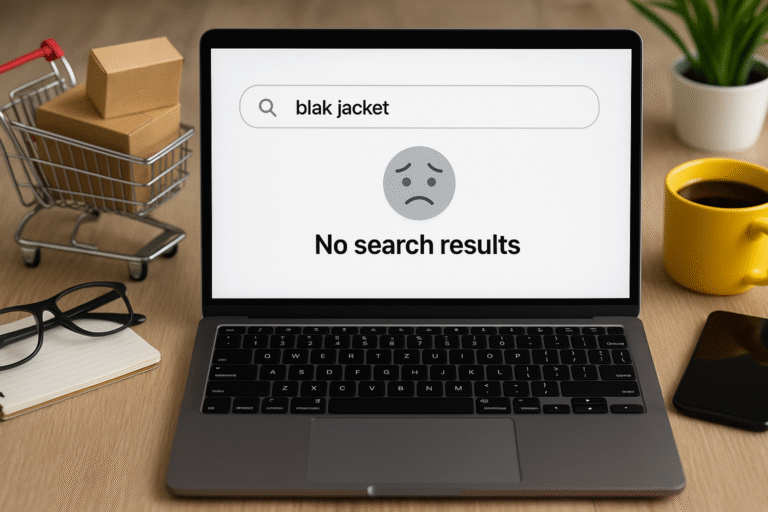When it comes to website analytics, bounce rate is a term that gets thrown around a lot. But what exactly is bounce rate, and what constitutes a good bounce rate? In this article, we’ll explore the ins and outs of bounce rates and provide some tips for achieving a good bounce rate for your website.
In simple terms, bounce rate refers to the percentage of visitors who land on your website and then leave without interacting with any other pages or elements on the site. A high bounce rate can be an indication that visitors are not finding what they are looking for, or that the site is not engaging enough. On the other hand, a low bounce rate suggests that visitors are finding the content they need and are engaged with the site.
So what constitutes a good bounce rate? The answer is not straightforward, as it depends on several factors such as the type of website, audience, and goals of the site. However, in general, a bounce rate of between 26% and 40% is considered average, while a bounce rate below 26% is excellent, and a bounce rate above 40% may require some attention.
Type of Website
The type of website you have can greatly impact the bounce rate. For instance, a blog or news site may have a higher bounce rate, as visitors may come to read a single article before leaving. On the other hand, an e-commerce site may have a lower bounce rate as visitors may be browsing through several products and adding items to their cart.
Audience
The audience you are targeting also plays a role in your bounce rate. For instance, a niche site may have a higher bounce rate as visitors may already know what they are looking for and are not interested in exploring other parts of the site. In contrast, a site targeting a broad audience may have a lower bounce rate as visitors may be curious and willing to explore different parts of the site.
Goals of the Site
The goals of your website should also be taken into consideration when assessing the bounce rate. For instance, a landing page designed to generate leads may have a higher bounce rate as visitors may fill out the form and then leave. In contrast, a site designed to generate ad revenue may have a lower bounce rate as visitors may click on multiple pages and ads.
How to Improve Bounce Rate
Now that we have a better understanding of what bounce rate is and what constitutes a good bounce rate let’s discuss some ways to improve it.
1. Improve Website Design and Navigation
A website that is easy to navigate and has a clear and intuitive layout can help to improve the bounce rate. Visitors should be able to find what they are looking for quickly and easily without having to search through multiple pages or menus. Use clear headings and subheadings, and make sure that your website is responsive to different devices.
2. Improve Website Speed
A slow website can be a major turn-off for visitors, leading to a high bounce rate. Ensure that your website is optimized for speed by compressing images, minimizing HTTP requests, and using caching.
3. Improve Content Relevance
Relevant and engaging content can help to reduce bounce rates. Make sure that your content is tailored to the needs and interests of your target audience. Use keywords that your target audience is likely to search for, and create content that is both informative and engaging.
4. Improve Calls to Action (CTAs)
CTAs are an essential element of any website, and they play a significant role in reducing bounce rates. Use clear and concise CTAs that encourage visitors to explore more of your website. Use action words like “subscribe,” “download,” or “register,” and make sure that CTAs are strategically placed on your website.
Conclusion :
A good bounce rate is relative to the type of website, audience, and goals of the site. While an average bounce rate falls between 26% and 40%, a bounce rate below 26% is excellent, and a bounce rate above 40% may require some attention. It’s important to remember that a high bounce rate may not necessarily be a bad thing, especially for sites that serve a specific purpose, such as a landing page designed to generate leads.
FAQ:
Q: What is the bounce rate for an e-commerce website?
A: Bounce rate for an e-commerce website refers to the percentage of visitors who land on a product page and then leave without interacting with any other pages or elements on the site.
Q: What is a good bounce rate for an e-commerce website?
A: A good bounce rate for an e-commerce website is subjective and depends on various factors such as the industry, the type of products, and the website’s design. However, as a general rule of thumb, a bounce rate between 20-40% is considered normal for an e-commerce website.
Q: Can a high bounce rate on an e-commerce website be a problem?
A: Yes, a high bounce rate on an e-commerce website may indicate that visitors are not finding what they are looking for on the website, or there is an issue with the website’s user experience. It could also mean that the website is not optimized for mobile devices or that the website’s loading speed is slow.
Q: Can a low bounce rate on an e-commerce website be a problem?
A: Not necessarily. A low bounce rate on an e-commerce website may indicate that visitors are exploring other parts of your website and are engaged with your products. However, it may also mean that visitors are spending a lot of time on the website but not converting into customers.
Q: How can I improve my e-commerce website’s bounce rate?
A: You can improve your e-commerce website’s bounce rate by improving your website’s design, navigation, and user experience. Ensure that your website is mobile-friendly, optimize your website’s loading speed, and make sure that your product descriptions are clear and informative.
Q: Is bounce rate the only metric that matters for an e-commerce website’s success?
A: No, bounce rate is only one metric that can be used to measure an e-commerce website’s success. Other metrics such as conversion rate, cart abandonment rate, and average order value can also be used to measure the success of an e-commerce website.




